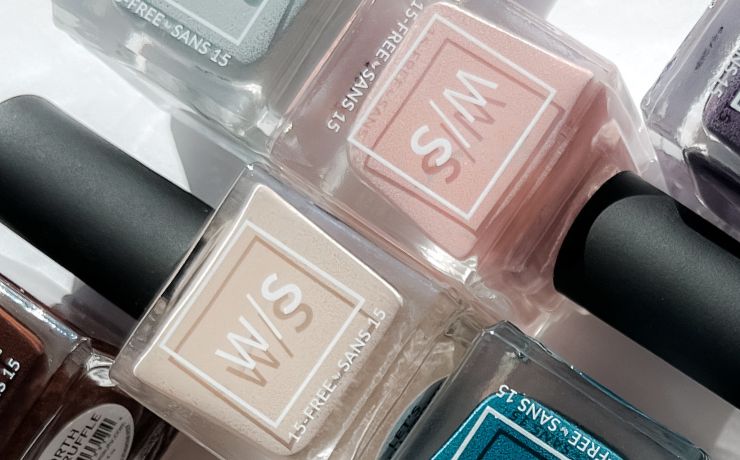withSimplicity | Updated May 22, 2023
IS IT SAFE TO EAT LIPSTICK?

You'll eat 7 lbs of lipstick in your lifetime.
... and we're not lying
Have you ever stopped to think about how much lipstick you actually consume in your lifetime? It may come as a shock, but studies have revealed that, on average, individuals ingest approximately 7 pounds of lipstick throughout their lives. This eye-opening fact highlights the importance of being mindful about the ingredients in our beauty products.
Let's delve deeper into the fascinating world of lipstick consumption, exploring its composition, the process by which we consume it, potential health implications, and the significance of making safer choices.
What Goes into Making a Lipstick?
Before we explore the details of lipstick consumption, it's essential to understand what goes into the making of this popular cosmetic product. Lipstick is a complex blend of various ingredients that work together to achieve its desired properties. Most ingredients typically include pigments, emollients, waxes, oils, and preservatives. (We don't use any artificial colorants or preservatives.) Pigments provide the vibrant colors, while emollients ensure a smooth and moisturizing texture. Waxes and oils contribute to the lipstick's structure, while preservatives help maintain its shelf life.
However, it's important to note that not all lipstick formulas are created equal. Some contain potentially harmful substances, such as lead, parabens, and synthetic dyes, which can have adverse effects on our bodies when ingested regularly.
Harmful Ingredients in Non-Natural Lipsticks
We did a little bit of research to find some of the most common ingredients used in non-organic lipsticks on the market today that are harmful to your skin and body:
- Methylparaben - banned in Europe for evidence it may be carcinogenic. Also affects the Endocrine System.
- Polyparaben - Research shows it may be an Endocrine System disruptor.
- Retinyl Palmitate - linked to some cancers and can cause reproductive issues. It’s not safe for pregnant women.
- Dyes - a lot of dyes are synthetic and are derived from aluminum or petroleum products. A lot of these dyes are not approved to be used in food, but they are still allowed to be used in cosmetics. Some dyes are animal based- for example, the shell of a beetle is used to create a bold, red pigment in some lipsticks.
- Lead - commonly found in lipstick makes it way into the formula through other materials used.Very dangerous for pregnant women and children. It has been linked to miscarriages and infertility. Even the smallest amount of lead consumption is very dangerous!
How Does Lipstick Consumption Even Happen?
You might be wondering how exactly lipstick ends up in our bodies.
(7 lbs of it.)
The process of lipstick consumption occurs through our daily habits and activities. On an average day, an individual applies lipstick anywhere between 2 to 14 times a day, depending on personal preference and occasion.
Throughout the day, through activities like eating, drinking, talking, and even licking our lips, a portion of the lipstick on our lips inevitably gets transferred into our mouths. While this consumption may seem negligible in a single instance, it accumulates significantly over the years. (It's like that piece of chewing gum you swallowed as a kid.)
How Do I Choose Safer Lipstick Options?
Fortunately, as awareness about the potential dangers of toxic ingredients in cosmetics has grown, so has the availability of safer alternatives.
Many cosmetic brands, including withSimplicity, now offer organic, natural, and toxin-free lipsticks, ensuring that consumers have healthier choices. (Aren't you glad you found us?)
When selecting a lipstick, look for products made from natural ingredients like plant-based oils, waxes, and mineral pigments (micas). These options not only provide a safer alternative but also often offer added benefits like hydration and nourishment for your lips.





